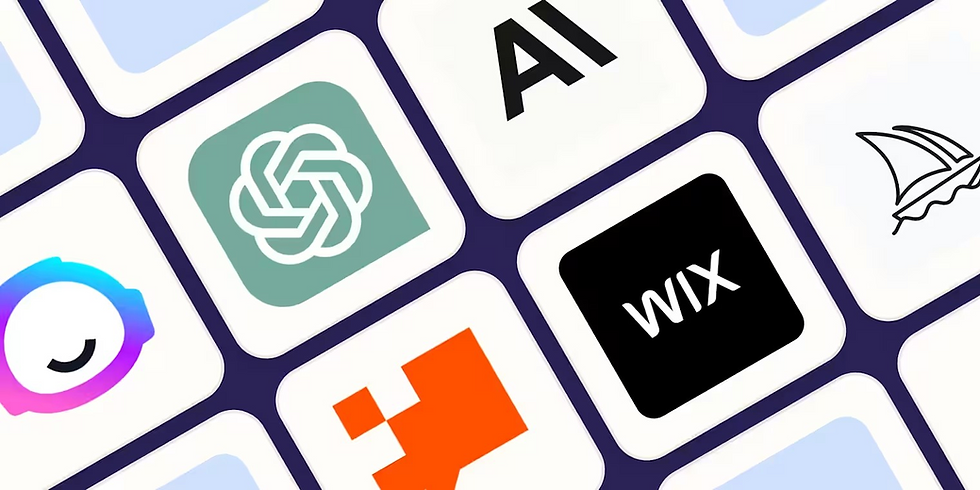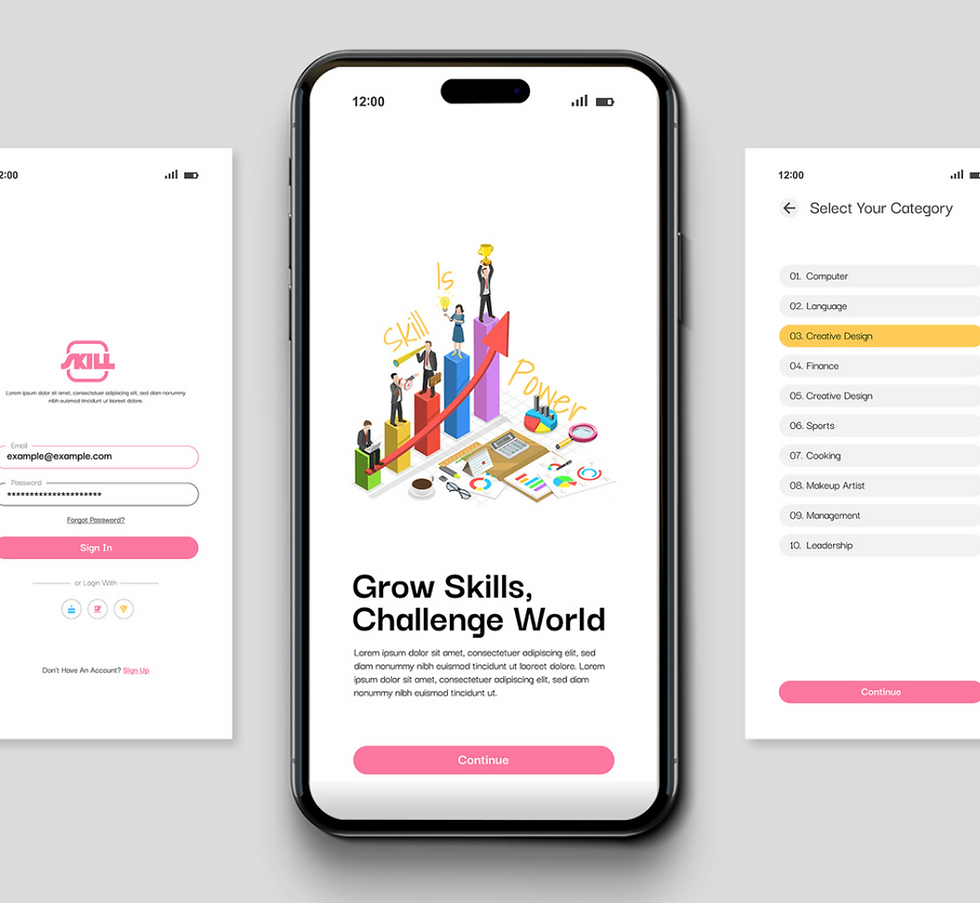The Psychology of Colour in Graphic Design
- eventslabsydney

- Mar 24
- 4 min read
Colour is more than just a visual element in graphic design; it is a powerful communicator of emotions that can influence perceptions and behaviors. Understanding the psychology of colour can significantly improve design effectiveness. This post explores how specific colours evoke distinct feelings, with examples from recognizable brands demonstrating their application.
Understanding Color Psychology
The study of colour psychology investigates how different hues affect human emotions and decision-making. Each color tends to trigger specific feelings and cultural associations. For instance, studies suggest that over 85% of consumers make purchases based on colour alone. By understanding these associations, designers can effectively use colours to convey their intended messages.
Colours can be split into warm, cool, and neutral tones. Warm colours, such as red, orange, and yellow, often evoke energy and passion, while cool colours like blue, green, and purple promote calmness and serenity. Neutral colors like black, white, and gray provide balance, allowing other colours to stand out.
The Impact of Red
Red is a bold, dynamic color associated with excitement, passion, and urgency. It's known to stimulate appetite, making it a mainstay in the food industry. Brands like Coca-Cola use red in their logos to create a sense of excitement. Research indicates that using red can increase a viewer's heart rate, making it effective for promotional materials.

Red’s effectiveness extends beyond food. In retail, it captures attention and encourages quick decision-making, which is why it often appears in clearance sale signs. However, overusing red can evoke negative emotions like aggression, so it is important to balance it with softer hues, such as white or light gray.
The Calmness of Blue
Blue is associated with trust, professionalism, and calmness. This colour often evokes tranquility and is regarded as reliable. For example, companies like Facebook and Twitter utilise blue to establish a sense of confidence among users.

In creative industries, blue can inspire creativity while also promoting focus. Many tech firms adopt blue in their branding to demonstrate innovation and dependability. Moreover, blue's calming nature makes it ideal for environments like healthcare facilities and spas, reinforcing its soothing qualities.
The Happiness of Yellow
Yellow is often hailed as the happiest colour, evoking energy, positivity, and warmth. Brands like McDonald’s use yellow and red together to captivate attention and stimulate hunger. Notably, research shows that yellow can increase mental activity and enhance memory.
However, caution is required when using yellow. Excessive use or certain shades can be overwhelming. The key is to use yellow as an accent color, invoking cheerfulness without oversaturating the viewer's experience.
The Luxury of Black and White
Black and white embody elegance, sophistication, and simplicity. Brands like Chanel and Apple effectively use these colors to convey luxury and high-quality. The timeless appeal of black and white transcends trends, making it a steadfast choice.
Using black can create a sense of boldness and authority, while white represents purity and minimalism. The blend of black and white communicates a clear and sophisticated message. This combination is frequently employed in high-fashion and tech-oriented designs to create an impactful visual identity.
The Growth of Green
Green is synonymous with nature, growth, and health. It promotes feelings of tranquility and refreshment, making it a popular choice for companies like Whole Foods and environmentally conscious brands. More and more consumers prefer eco-friendly brands when making purchasing decisions.
Utilising green in design effectively communicates sustainability, making it a strategic selection for businesses aiming to resonate with eco-conscious consumers. Whether used in logos or branding elements, green strengthens the connection between a brand and environmental awareness.
The Creativity of Purple
Purple merges the stability of blue and the energy of red to symbolize creativity, luxury, and wisdom. Brands like Yahoo! and T-Mobile exemplify uniqueness and innovation by using purple in their branding strategies. Purple is often associated with creativity, making it ideal for art and design firms.
This colour has an intriguing quality that can stimulate curiosity and inspire imagination. Purple's captivating hue can draw in an audience, making it highly effective in campaigns aimed at sparking creativity and innovation.
Color Schemes and Design Harmony
Designers use colour schemes to create harmony and balance within a design. Some popular colour schemes include:
Complementary Colours: Colours opposite each other on the color wheel, such as blue and orange, create contrast and make elements stand out.
Analogous Colours: Colours next to each other on the color wheel, like green and blue, create a harmonious, cohesive look.
Monochromatic Colours: Different shades of the same colour, which create a unified and calming design.

Impact on User Experience (UX)
In web and app design, colour affects user behavior and experience. For example, call-to-action buttons often use contrasting colours (like red or orange) to grab attention and encourage interaction. Additionally, softer shades like off-whites and pastels can reduce eye strain and improve readability.
Colour Saturation and Luminance
Colour intensity (saturation) and brightness (luminance) also play a role in how a design is perceived:
Highly saturated colours (like neon shades) are energising and attention-grabbing but should be used sparingly to avoid overwhelming the viewer.
Desaturated or muted colours (like pastels or greys) create a more calming and subdued effect.
Psychological Effects of Colour Combinations
The way colours are combined can alter their psychological impact. Designers can experiment with colour combinations to evoke different moods:
Warm colours (reds, oranges, yellows) are stimulating and evoke feelings of warmth, energy, or urgency.
Cool colours (blues, greens, purples) are calming and promote relaxation, trust, or professionalism.
Mastering Colour Psychology for Impact
Understanding colour psychology in graphic design is essential for conveying specific messages and evoking desired emotional responses. Different colours stimulate various feelings, behaviors, and cultural interpretations, making careful colour selection crucial in design projects.
From the urgency of red to the tranquility of blue, each colour has the potential to significantly influence how people perceive a brand. Designers should assess colour combinations and their emotional impacts on target audiences thoughtfully.
By mastering colour psychology, you can create designs that not only attract attention but also inspire action and foster connections with your audience. Remember that the right colours can communicate effectively and create lasting impressions that resonate long after the viewer has moved on.




Comments